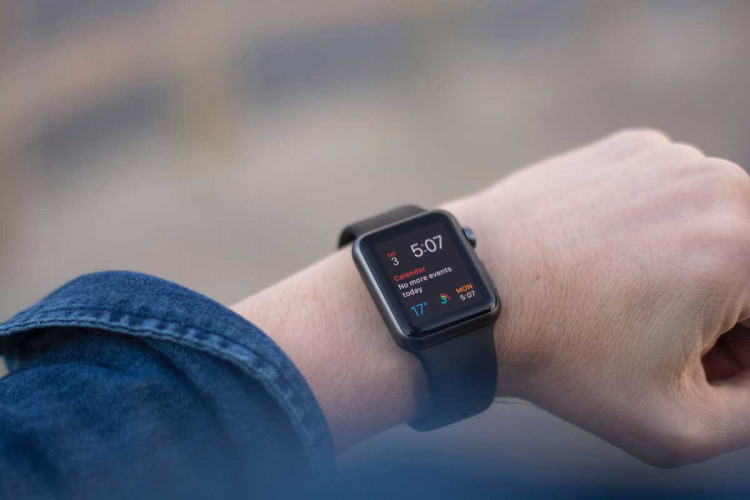Apple does not need to seek the approval of the Food and Drug Administration (FDA) for Apple Watch Series 6's blood oxygen monitor, report says.
The blood oxygen monitor is perhaps one of the best features of the new Apple Watch Series 6. When used in combination with the new Blood Oxygen app of watchOS 7, users can observe their oxygen intake and saturation with their Apple Watches. At first glance, you would say that it is a technology that the FDA needs to look into as it directly involves the health of the user. However, a new report published by The Verge explains why the Cupertino-based tech giant does not need to get FDA approval for its new Apple Watch 6 feature.
Some are wondering why Apple did not secure an FDA approval for the Apple Watch Series 6's blood oxygen monitor. In the past, when the Cupertino tech company added an electrocardiogram feature to its Apple Watch Series 4, the FDA required the company to first get a clearance or approval from the government agency before it continues marketing the product. In the case of the pulse oximeter this year, however, it appears Apple no longer needs a clearance or approval.
According to The Verge, the FDA considers pulse oximeters or blood oxygen monitors, like the one on the Apple Watch Series 6, as Class II medical devices. The general guidelines of the FDA state that for the agency to grant approval for a company to sell the device, it "has to submit documentation to the agency confirming that its product works just as well as other versions of the same product already on the market."
In the case of Apple, the company has taken a different route for the blood oxygen monitor of the Apple Watch Series 6. The FDA policy and guidelines permit a company to offer pulse oximeters for sale without securing an approval, as long as the product they sell is explicitly marketed and offered as a "wellness" tool.
As such, Apple cannot claim that the blood oxygen monitor of the Apple Watch Series 6 can diagnose or treat a particular medical condition. This is very much different from when Apple introduced electrocardiogram hardware where it needed to seek FDA approval to market its product.
Okay, so THAT is why they didn't need FDA approval for the blood oxygen sensor on Apple Watch. https://t.co/bcK6qQFgu6 — Vardhan Agrawal (@vhanagwal) October 8, 2020
The FDA can step in, however, when a company offers an app that can influence the medical care received by users of that app. The EKG feature of the Apple Watch 4 belongs to that category. The EKG serves a definite medical purpose, and that is, to flag abnormal heart rhythm. "It's meant to be interpreting and managing a potentially life-threatening situation," says Michael Matheny, the co-director of Vanderbilt University's Center for Improving the Public's Health through Informatics. In this situation, an FDA approval for the device is already needed. In the case of Apple Watch Series 6's blood oxygen monitor, it simply monitors the oxygen level and saturation in the blood, something that will not greatly influence the medical care that the user receives.




